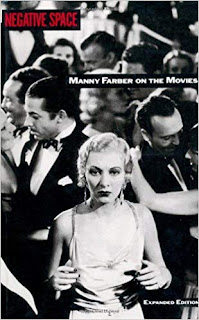"Film as Film: Understanding And Judging Movies", V. F. Perkins

Victor Francis Perkins (1936 – 2016) was a British film critic, teacher and co-founder of Movie magazine. He became known for his approach to the critical analysis of film without jargon. Film as Film (1972) is perhaps his most famous work, a seminal book on film studies that makes an accessible introduction to film theory and some of its history, while discussing mise en scène aspects (e.g., color changes, lighting techniques, camera movements), the fusion of form and content, the how and what, in Preminger, Hitchcock, Nicholas Ray, among other classic filmmakers. He also discusses the role of the filmmaker as an author, even in a commercial system with its financial and logistic restrictions. Excerpts: “Consider this sequence from Carmen Jones (…). The soldier hero, Joe, is driving a jeep down a country road. Beside him sites his prisoner Carmen, whom he has been ordered to deliver to the civilian authorities in a near-by town. As the jeep speeds along, Carmen makes a

